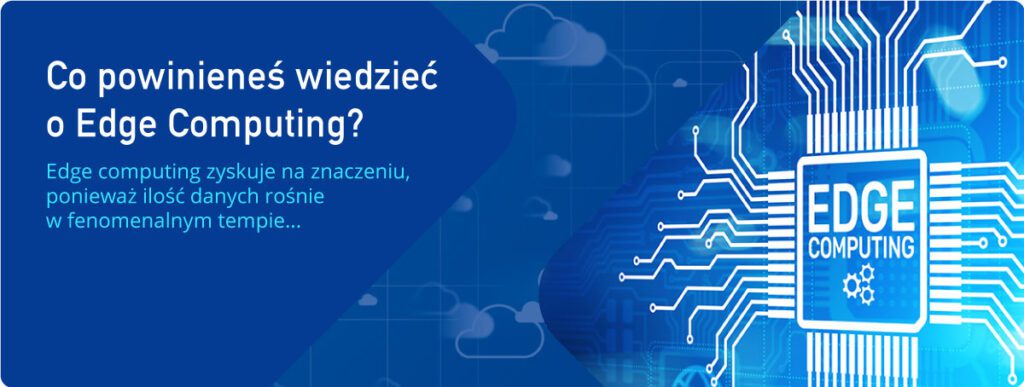/Artificial intelligence - Significant help or threat?


Artificial Intelligence (AI) is a rapidly developing technology that is changing the way we live and work. From virtual assistants and chatbots to cars that drive themselves and analyze the traffic situation and smart homes, AI is already having a significant impact on our daily lives, and sometimes we don't even realize it. In this article, we will explore the development of AI, the emergence of GPT chatbots, and the opportunities and risks posed by this technology.
Development of artificial intelligence
AI has been in development for decades, but recent advances in machine learning and deep learning have greatly accelerated its progress. Machine learning is a type of artificial intelligence that allows computers to learn from data without explicit programming. Deep learning is a subset of machine learning that uses artificial neural networks to simulate the way the human brain works.
As a result of these advances, AI is now capable of performing tasks once thought impossible, such as image recognition and natural language processing. These capabilities have opened up a wide range of new applications for AI, from healthcare and finance to transportation and entertainment.
Chat GPT
One of the most exciting developments related to artificial intelligence is the emergence of the GPT chatbot. This acronym stands for "Generative Pre-trained Transformer," a type of AI model that can generate human-like responses to questions we ask it. This technology has been used to create chatbots that can talk to users in a natural and engaging way, just as if we were writing with a human. GPT chat has many potential applications, from customer service and sales to mental health support and education. It can also be used to create virtual companions or assistants that could provide emotional support or help with daily tasks.


Threats posed by the development of artificial intelligence
The development of artificial intelligence has the potential to revolutionize many areas of our lives, but it also poses significant risks. Here are some of the key risks posed by AI development:
- Loss of jobs and reorganization of professions – as AI becomes more capable, it could replace many jobs that are currently performed by humans. This could lead to widespread unemployment and economic disruption, especially in industries that rely heavily on manual labor or routine tasks.
- Bias and discrimination – AI algorithms are only as unbiased as the data they are trained on. If the data is biased or incomplete, the algorithm can produce biased or discriminatory results. This can lead to unfair treatment of individuals or groups, especially in areas such as hiring, lending and criminal justice.
- Threats to security and privacy – As artificial intelligence becomes more ubiquitous, it also becomes a more attractive target for cyberattacks. AI systems can also be used to launch cyber attacks, such as phishing or social engineering attacks. In addition, AI systems can collect and analyze huge amounts of personal data, raising concerns about privacy and data security.
- Autonomous weapons – AI technology can be used to create autonomous weapons that can make decisions about who to target and when. This could lead to an arms race in which countries seek to develop increasingly sophisticated AI-powered weapons, potentially leading to a catastrophic conflict.
- Existential risk – Some experts have expressed concern about the possibility of a "technological singularity" in which AI becomes so powerful that it surpasses human intelligence and becomes impossible to control. This could lead to a number of disastrous consequences, such as the complete subjugation of humanity or the extinction of the human race.


Opportunities arising from AI development
The development of AI offers many potential opportunities in many fields. Here are some of the key opportunities that may arise from the continued development of AI:
- Improvement of efficiency and productivity – AI has the potential to automate many tasks that are currently done manually, leading to increased efficiency and productivity. This can lead to lower costs and higher profits for businesses, as well as more free time for people who previously performed the task manually.
- Improved decision-making – Artificial intelligence can process massive amounts of data and make predictions and recommendations based on that data. This can help individuals and organizations make more informed decisions, especially in areas such as healthcare, finance and transportation.
- Personalization and customization – AI can be used to analyze data about individuals and personalize products and services based on their preferences and needs. This can lead to better customer experiences and increased loyalty.
- faster development in the medical field – Artificial intelligence can be used to analyze medical data and identify patterns and trends that could lead to more accurate diagnoses and more effective treatments. AI-powered medical devices could also help monitor and treat patients more effectively.
- Environmental sustainability – AI can be used to optimize energy consumption, reduce waste and improve resource allocation, leading to a more sustainable future.
- Scientific discoveries – Artificial intelligence can be used to analyze large data sets and identify patterns that can lead to new scientific discoveries and breakthroughs.
- Enhanced safety and security – AI can be used to detect and prevent cyber attacks, improve public safety and help law enforcement agencies identify and apprehend criminals.
Summary
Artificial Intelligence (AI) is a rapidly developing technology that is changing the world in many ways. The emergence of GPT chatbots is just one example of AI's incredible potential. However, it also poses some significant risks, such as the potential impact on jobs and the risk of misuse. It is important to continue to develop AI responsibly and to carefully consider the opportunities and risks that the technology presents.








